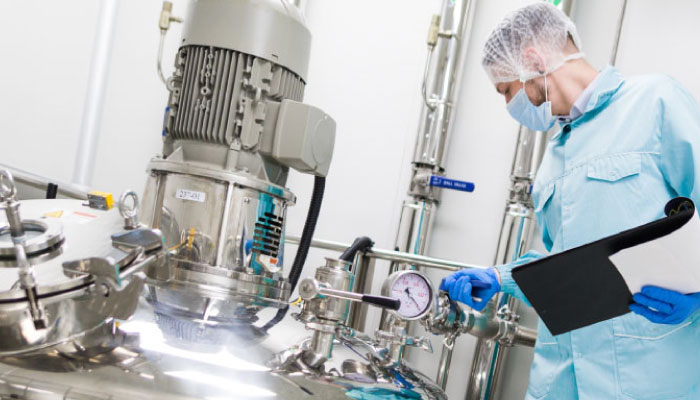Process capability is the performance level of the process in a longer run. It is the  range over which the likely disparity of the process happens as determined by the system of familiar causes.
range over which the likely disparity of the process happens as determined by the system of familiar causes.
The process capability is a quantifiable characteristics of a process to the pattern, expressed as a process capability index (e.g. (Cpk or Cp) or as a process performance index (e.g. (Ppk or Pp). The productivity of this measurement is generally exemplified by a histogram and computations that predict the number of parts that will be formed out of measurement.
The manufacturing trends show that a capable process must meet 100% customer requirements every time. Customer requirements are identified using an upper specification limit (USL) and a lower specification limit (LSL).
Here below are the capability and performance indices used to measure a manufacturing process capability:
- Cp is the capability index that measures how well the data fits between the USL and LSL considering higher value as better fit.
- Cpk is the centering capability index to measure how the data is centers between these specification limits.
- Pp is the performance index that measures data fits within the USL and LSL using the standard deviation in the calculation.
- Ppk is the performance centering index that measures how the data centers between the USL and LSL using the standard deviation in the calculation.
General Thumb Rules
- If Cp >1 process is considered competent
- If Cpk >1 process is competent and midpoints between the LSL and USL.
- If Cp = Cpk the process is considered stationed at the mid-point of the specification limits.
- If Cp >Cpk the process is off-center.
- If Cpk = 1 the process is hardly competent.
- If Cpk <1 the process is not competent.
- Cp and Cpk should be close in value to Pp and Ppk.
- If Cp and Cpk are much greater than Pp or Ppk, the process may not be stable.
If you’re a professional in the manufacturing industry and your work involves quality maintenance, attend this training program by Expert Speaker, William A. Levinson. This will help you gain insights into manufacturing trends and understand the detailing of process capability analysis and its short and long term benefits as well as shortcomings.
The speaker will run you through the performance indices methodology followed when the process does not cooperate with the textbook assumption of a normal or bell curve distribution. The methodology is sanctioned by the Automotive Industry Action Group’s statistical process control manual.


